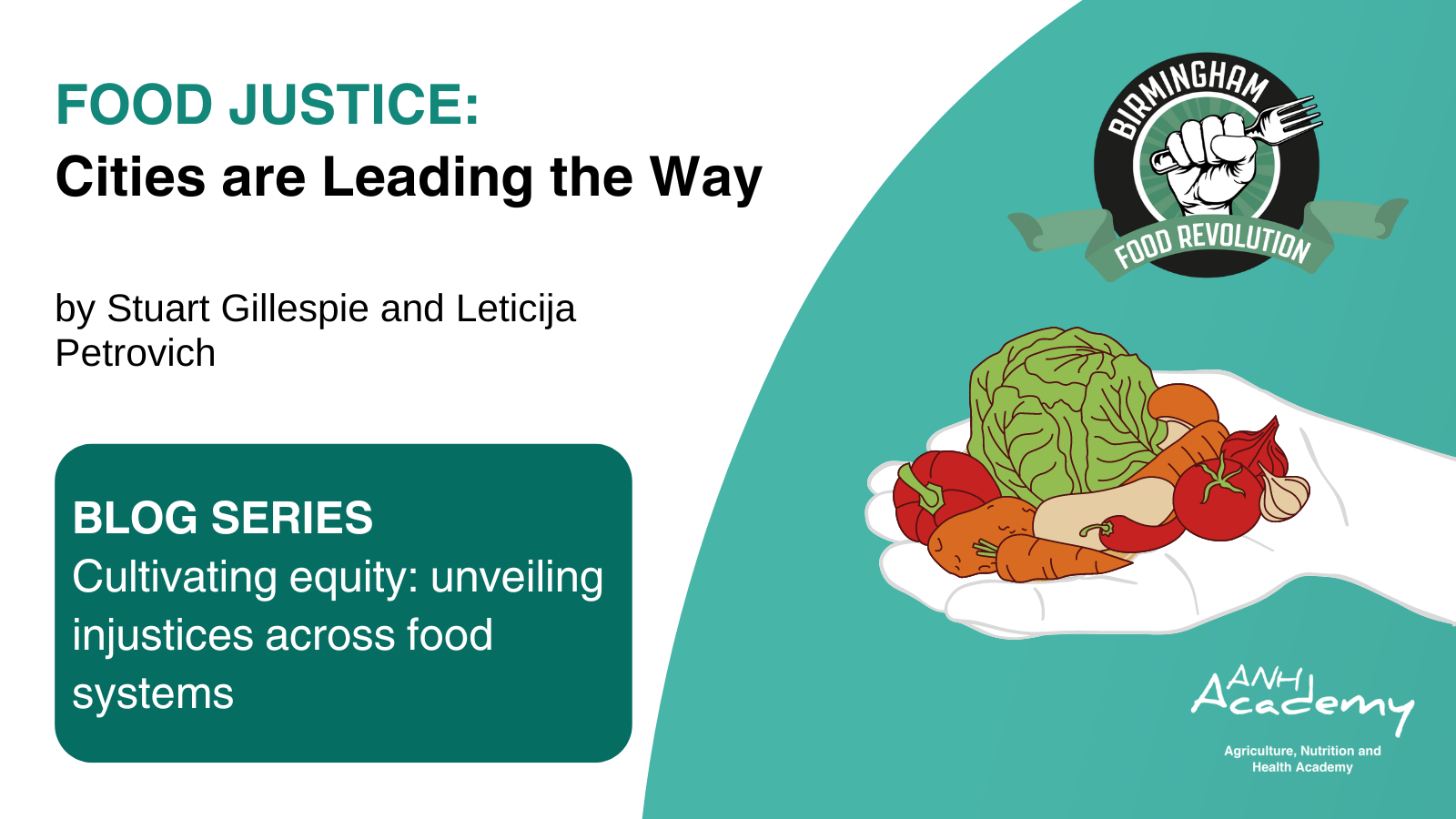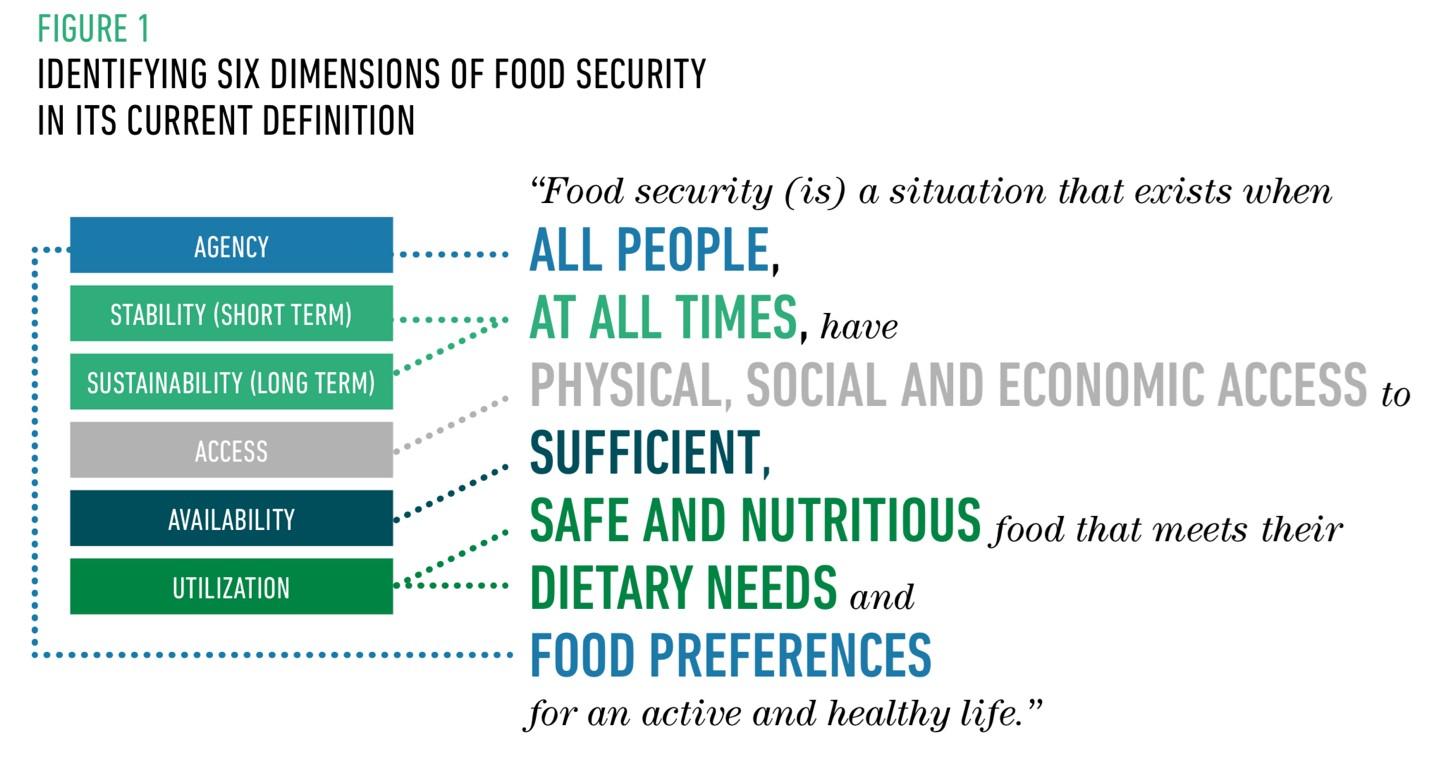Identifying patterns of food insecurity in deprived urban neighbourhoods
More than a billion people may live in very deprived urban neighbourhoods, in some contexts referred to as slums. The few studies examining food insecurity in these neighbourhoods suggest a high prevalence, however, these populations are under-studied and there is little up-to-date knowledge about the burden and determinants of food insecurity in these settings. Our new secondary analysis of data collected through the Improving Health in Slums Collaborative examines the prevalence and household characteristics associated with food insecurity in 6111 households across seven slum sites in four countries (1 in Bangladesh, 1 in Pakistan, 2 in Kenya and 3 in Nigeria).
As a secondary analysis, we were limited to investigating the variables that had been examined by the original survey- and particularly, this meant identifying food insecurity through one question that has not been validated, to our knowledge: In the past seven days were there any days the household did not have enough food or money to buy food? Given the lack of previous data on this topic, and the added benefit of being able to compare findings across sites, due to consistency of the survey, we felt this was still worth investigating.
We found that food insecurity varied across the 7 sites in the study, from 9.1% in a site in Bangladesh to 68.8% in one site in Nigeria. Unsurprisingly, socioeconomic status was important for food security; those households in higher wealth quintiles and where household heads were working, were less likely to be food insecure. Households that owned a refrigerator were also less likely to be food insecure. Findings relating to the education level of household heads were mixed.
Owning agricultural land had various associations with food security
More interestingly, household ownership of agricultural land was associated with reduced odds of food insecurity in most sites including one of the two Kenyan sites, however, in the second Kenyan site, households with agricultural land had significantly higher odds of food insecurity than those without. The ownership of agricultural land might be theorised to support food security by allowing households to farm crops for their own consumption. However, perhaps in the context of the second Kenyan site, the opportunity cost of looking after the land, rather than engaging in the labour market may have resulted in this negative association. Another possibility is that the land these households owned was not productive for some reason which may be rare (due to specific weather events), or may be the case under usual circumstances.
Finally, we were surprised to find that, while the migration status of the household head was generally unrelated to food security, in one site in Nigeria those households headed by individuals who had always lived in the study site were at increased risk of food insecurity compared with those household where the household head was a migrant.
Further research is needed to know whether urban agriculture has a role in improving food security
The potential underlying mechanisms causing food insecurity in households are complex. Food insecurity can have serious consequences for physical and mental health and it’s critical that organisations develop programmes to increase food security. Our findings have implications for further research into urban agriculture, which has been proposed as a solution to improve food security and nutrition in very deprived urban neighbourhoods. Given the implications of the global cost of living crisis, policymakers must understand and tackle the causes of food insecurity and apply a multifaced policy approach to support those living in the most deprived urban neighbourhoods.





